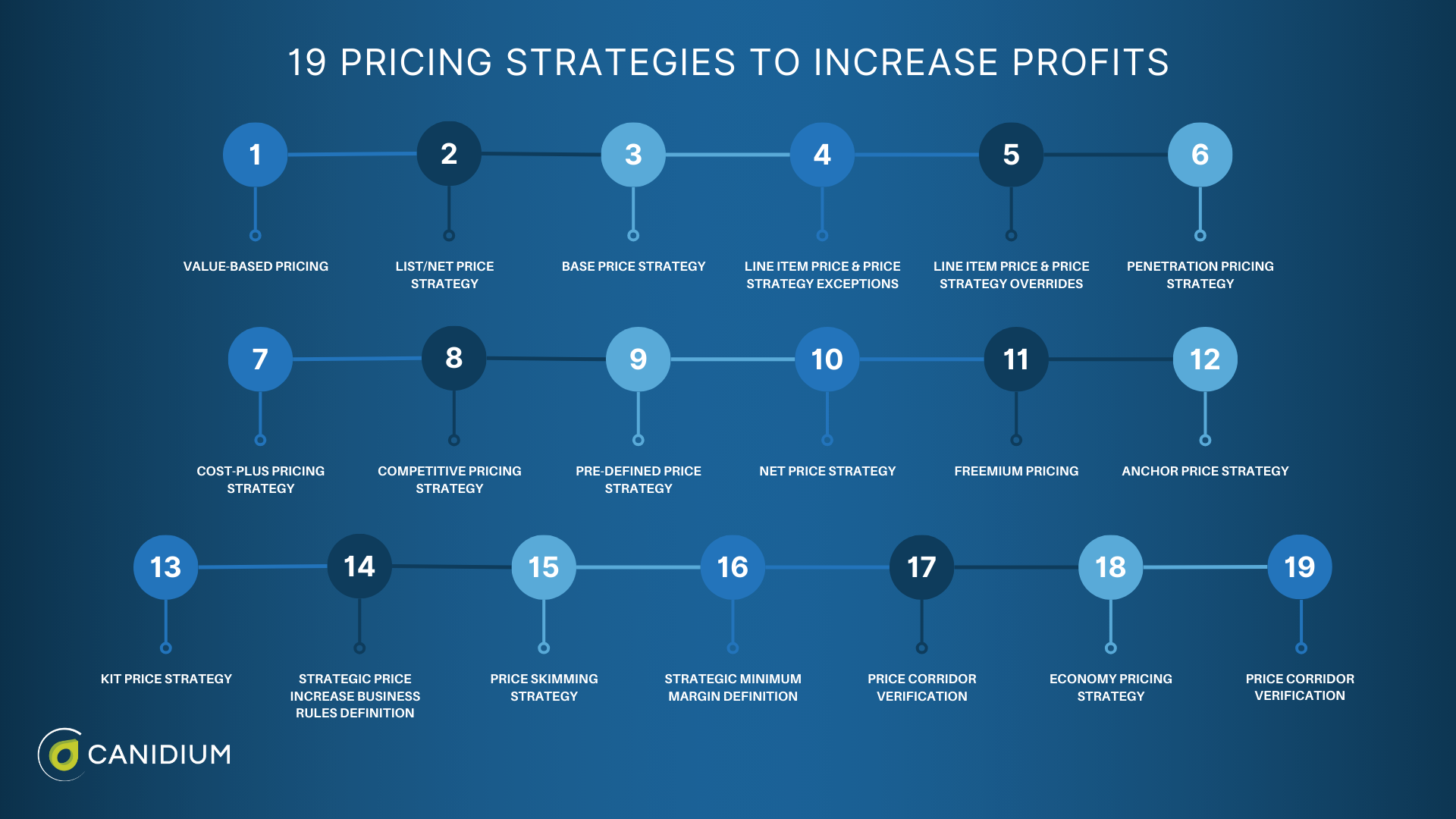Selecting the Best Pricing Tool to Elevate Your Business Strategy
In today’s fast-moving market, choosing the right pricing tool is essential for businesses aiming to boost revenue, streamline their operations, and maintain a competitive edge. This guide will show how the perfect software can transform your approach and outline key features to consider during your selection process.
Why your business needs a pricing tool
Pricing tools do more than just set prices; they empower businesses to develop flexible, data-driven pricing strategies. These tools help companies stay competitive and adapt strategically to market changes. Here are some essential features they offer:
Real-time pricing adjustments
Dynamic pricing is no longer exclusive to big corporations. With a pricing tool, businesses can automate real-time updates based on factors like market demand, competitor prices, and seasonal trends. This capability lets companies take advantage of demand spikes and remain competitive during slower periods.
Actionable data insights
Modern pricing tools provide detailed data analysis to help businesses understand customer behavior, market trends, and competitor movements. Leveraging these insights allows companies to confidently adjust their pricing strategies to boost sales, meet customer expectations, and outmaneuver competitors.
Competitor monitoring
Keeping an eye on competitors is crucial, and pricing tools simplify this task. These tools track competitor prices, promotions, and stock levels, notifying businesses of sudden changes that could affect their sales. This awareness keeps businesses agile, helping them continuously refine their market position.
Key features to look for in a pricing tool
To choose the right pricing tool, it’s essential to understand which features can bring the most benefit to your business. Here are the top features to prioritize:
Automated pricing strategies
An effective pricing tool should enable rule-based automation, allowing prices to change automatically according to pre-set criteria. For instance, businesses can set rules to lower prices when inventory is high or raise them during periods of strong demand. Automation minimizes human error, saves time, and ensures consistent pricing strategies across products.
Customizable dashboards
Choose a tool that offers customizable dashboards so you can focus on the most relevant data for your goals. With a dashboard tailored to your needs, you can make quicker decisions and simplify reporting. This customization helps visualize real-time pricing trends, competitor activities, and past performance data.
Seamless integration with e-commerce platforms
A pricing tool should integrate effortlessly with e-commerce platforms, especially if you sell on multiple online marketplaces. This integration ensures consistent price updates across sites like Amazon, Google Shopping, and your own website. Such synchronization improves the customer experience and prevents discrepancies that could lead to customer confusion or mistrust.
Marketing optimization features
Advanced pricing tools go beyond pricing and offer marketing analytics. By linking pricing data with marketing efforts, these tools can help refine ad spend, particularly for paid campaigns. For example, understanding competitive pricing can guide PPC bidding strategies, ensuring smarter use of your marketing budget and a higher return on ad spend (ROAS).
Historical pricing analysis
Historical data is invaluable for understanding pricing trends and evaluating past strategies. This analysis helps businesses anticipate future trends, prepare for seasonal changes, and create more effective pricing plans.
How pricing tools enhance customer experience
The right pricing tool doesn’t just impact profit and operations; it can also improve the overall customer experience, which is crucial for fostering brand loyalty.
Better price accuracy and transparency
Real-time price updates ensure customers see current, accurate prices that reflect market conditions. This transparency builds trust, a critical factor for long-term customer loyalty. Additionally, a pricing tool ensures consistent pricing across regions, offering fair and competitive pricing to all customers.
Optimized inventory and demand management
Pricing tools with stock tracking features enable businesses to adjust prices based on inventory levels. For example, if an item is in high demand but low in stock, the tool can prevent over-discounting. Conversely, prices can be lowered to boost sales when inventory is high. This strategy helps reduce missed opportunities and avoids customer frustration when products are out of stock.
How to choose the best pricing tool for your business
Every business has its unique requirements, so it’s important to ensure the pricing tool you choose aligns with your needs. Here’s what to evaluate:
Scalability
Your chosen pricing tool should be able to handle growth as your business expands. This means it should manage larger data volumes and a wider range of products without losing efficiency. A scalable tool supports long-term growth and can adapt to new product lines, markets, and regions.
User-friendly interface
A complex interface can slow down productivity. Look for a tool with an intuitive design so your team can navigate its features and generate reports quickly. A user-friendly tool reduces training time and boosts team efficiency.
Customer support and learning resources
Strong support and educational resources can make a big difference when onboarding and troubleshooting. Choose providers that offer thorough tutorials, continuous support, and accessible knowledge bases to empower your team to make full use of the tool.
Final thoughts on investing in a pricing tool
In a competitive landscape, businesses need to be agile, responsive, and driven by data. The right pricing tool not only optimizes pricing strategies but also enhances customer experience, improves operational efficiency, and provides insights that support long-term growth. By investing in quality pricing software, businesses can create a foundation for sustainable success, stay ahead of competitors, and deliver exceptional value to their customers.





